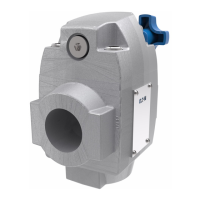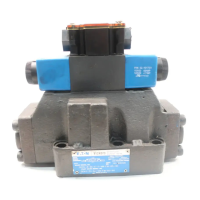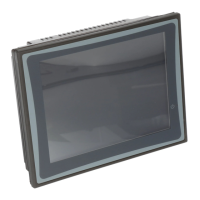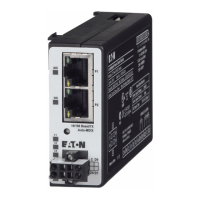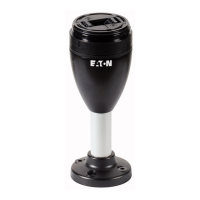7
C. Adding Fluid to the System
When hydraulic fluid is added to replenish the system, pour it
through a fine wire screen (200 mesh or finer). DO NOT use
a cloth to strain the fluid because lint may enter the system.
When applicable, pump the fluid through a 10 micron filter or
use a PFTU (porta filter and transfer unit). For PFTU informa-
tion, order bulletin 366.
D. Hydraulic Fluid Recommendations
Hydraulic fluid within the system performs the dual function
of lubrication and transmission of power. To insure proper
lubrication, system life, and component reliability, fluid selec-
tion should be made carefully with the assistance of a repu-
table supplier. Fluid selection should be acceptable for use
with all valves, motors and pumps within the system.
Data sheet I-286-S for oil selection is available from Vickers
Technical Publications, Troy, MI 48007-0302.
The fluid recommendations noted in the data sheet are
based on our experience in industry as a hydraulic component
supplier. Where special considerations indicate a need to
depart from these recommendations, see your Vickers sales
representative.
E. Overload Protection
A relief valve must be installed in the system as close to the
pump as possible. The relief valve limits pressure in the
system to a prescribed maximum. The setting of the relief
valve depends on the work requirements of the system.
F. Product Life
The longevity of these products is dependent upon
environment, duty cycle, operating parameters and system
cleanliness. Since these parameters vary from application to
application, the ultimate user must determine and establish
the periodic maintenance required to maximize life and
detect potential component failure.
G. Troubleshooting
Table 4 lists the common difficulties experienced with pumps
and hydraulic systems. It also indicates probable causes and
remedies for each of the troubles listed.
TROUBLE
PROBABLE CAUSE REMEDY
Erratic pressure Foreign matter in system
Worn poppet or seat in cover
Piston sticking in body or cover
Drain, flush and refill system with clean
fluid.
Replace poppet and seat.
Clean piston. Remove burrs by light lap-
ping. Check freedom of movement on
reassembly. Replace if necessary.
Low pressure or no pressure Valve improperly adjusted
Vent connection open
Balance hole in piston plugged
Poppet in cover not seating
Adjust valve to proper setting.
Plug vent connection.
Remove piston and clean out. If necessary,
drain system and refill with clean fluid.
Back off adjusting screw several turns
while running pump to be certain foreign
matter is not caught on the seat. Check
condition of seat, spring, and poppet if mal-
function persists.
Excessive noise or chatter High oil velocity through valve
Distorted control spring
Worn poppet or seat in cover
Excessive tank line pressure
Vent line too long
Valve setting too close to that of system
operating pressure
Check valve flow rating. Replace with
larger valve if necessary.
Replace spring.
Replace poppet and seat.
Connect return port directly to tank.
Place a restriction, eg. needle valve or
orifice plug in vent line next to relief valve.
Set relief valve at least 150 PSI higher than
other valves in circuit.
Table 4. Troubleshooting Chart

